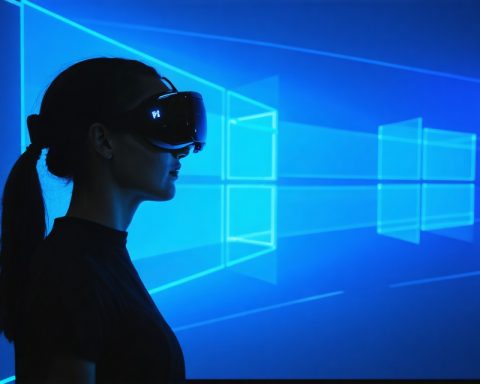OpenAI, a frontrunner in the artificial intelligence research arena, often sparks curiosity about its ownership and operational structure. Founded in December 2015, OpenAI began its journey with the mission to ensure that artificial general intelligence (AGI) benefits all of humanity. But who really owns this powerful entity?
Initially, OpenAI operated as a non-profit organization, but in 2019, it shifted to a “capped-profit” model, forming OpenAI LP, a distinction that many find intriguing. This model limits investor returns to 100 times their investment, allowing OpenAI to align incentives between profits and ethical considerations—a unique approach in the tech industry. Meanwhile, OpenAI Inc., a non-profit parent organization, holds a controlling stake in OpenAI LP, maintaining oversight on the broader mission and governance.
Elon Musk, Sam Altman, Greg Brockman, Ilya Sutskever, Wojciech Zaremba, and John Schulman were among the key figures who co-founded OpenAI. While Elon Musk, known for his ventures like SpaceX and Tesla, was initially deeply involved, he stepped down from the board in 2018. Despite this, his influence during the startup phase was significant.
Major tech companies also play a part in OpenAI’s ownership and operations. Notably, Microsoft made headlines in 2019 by investing $1 billion in OpenAI, establishing a significant partnership. This collaboration allows Microsoft to utilize OpenAI’s cutting-edge AI technology while strengthening OpenAI’s computing power through Microsoft’s cloud infrastructure, Azure.
Ultimately, the ownership of OpenAI is a blend of investors, major tech affiliations, and its original founders, but its commitment to aligning AI development with the broader interests of society remains at its core.
Who Really Pulls the Strings? The Surprising Truth About OpenAI’s Ownership
The intricate ownership and operational structure of OpenAI not only piques curiosity but also raises questions about power dynamics in the AI industry. While it is widely known that key figures such as Sam Altman and Ilya Sutskever have remained active, the role of Microsoft is often debated. This tech giant’s $1 billion investment in OpenAI marked a pivotal moment, where the lines between collaboration and ownership began to blur.
Interestingly, one less-known facet is that OpenAI’s capped-profit model challenges conventional wisdom in venture capital dynamics. This financial strategy, unorthodox in the tech sector, stirs conversations about balancing profitability with social responsibility. For investors, the notion of limited profit returns is controversial—does it deter potential stakeholders or uphold ethical standards in AI?
In global terms, OpenAI’s operational choices reflect on international AI alliances. Countries are watching closely, concerned about the centralization of AI capabilities. Could this structure empower certain nations disproportionately, raising global equity issues?
Interesting Fact Alert!
Did you know that OpenAI LP’s unique stance might be paving the way for a new generation of socially-aware tech ventures? By controlling profit margins, they’re challenging the “profit at any cost” ethos predominant in Silicon Valley.
For curious minds pondering over OpenAI’s broader implications: how does its ownership structure influence AI accessibility and ethical deployment worldwide?
For more on the tech landscape and Microsoft’s innovations, visit Microsoft.
Ultimately, understanding who really holds the reins at OpenAI provides invaluable insights into future possibilities and ethical pathways in artificial intelligence.








